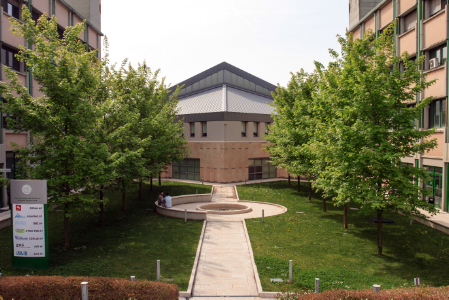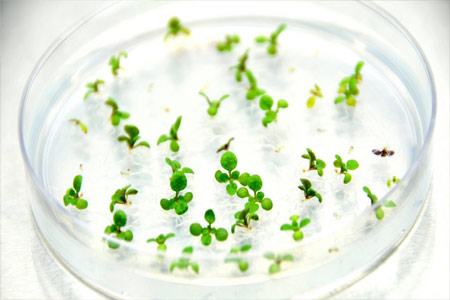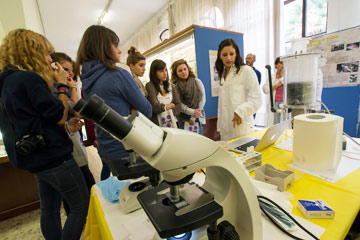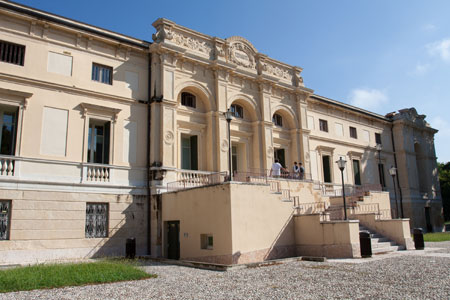To show the organization of the course that includes this module, follow this link  Course organization
Course organization
Learning outcomes
This subject is aimed to provide an integrative vision of the plant function as resulting from the co-adaptation between the different biochemical and cellular functions that are differentially expressed in the different organs and tissues. The major differences between autotrophic and heterotrophic organisms and the adaptation needed in order to cope with an environment where energy from light is available in a very diluted form. The student will have to consider the effect of the biochemical and physiological integration and identify the limiting factors for the plant productivity. Importance will be given to the methods for the study of plant physiology with special reference to genetic and biophysics. The practical work will be specifically aimed to clarify the methodological aspects of functional genetic.
Keywords: autotrophy, biophysics, physiology, structure-function integration.
Lectures:
1Introduction: what’s plant physiology and interaction with others disciplines. Methods of study. Implications and adaptations typical of autothophy and eterothrophy. Cytoplasm/mass ration in plants and animals.
Major difference between animal and plant cell.
Water. Osmosys, mass flow, water potential. Root absorption, Xilem: structure and function. Water flow in the xylem. "Cohesion tension theory". Cavitation and recovery. Origino f the absorption strength. Leaf, stomata and traspiration.
Structure and function of the biological membranes: ion transport, Energy dependent pransport, Nerst equativo, mechanismsms of solute transport.
Phisiology of mineral absorption, macro- and micro-nutrients. essential elements.
Pholem: structure and function. Pressure-flow hypothesis. loading , unloading and mass flow..
Cellulose biosynthesis and formation of cell wall. Extensibility, acid growth, expansins, polar growth. Role of Ca2+.
Cell cycle and growth: seed development, dormance and germination. Synthesis/degradation of recserves.
Perception and transmission of signals.
Plant Hormons Auxins, Abscissic acid (ABA), gibberellins, brassinosteroid, ethylene, cytokinins.
Phytochrome: photoactive proteins, light as information, photoperiodism.
Cryptochrome: blue and UVA response. Regulation of stomata opening. phototropism.
Practical course:
- Model systems for physiological genetic: Chlamydomonas reinhardtii, Physcomitrella patens, Arabidopsis thaliana, Hordeum vulgare. Homologous and heterologous recombinationa Aploidy e diploidy. Autotrophy and mixotrophy. +/- of the different systems.
-
Insertional and chimica mutagenesys
Phenotypic selection.
Physiological characterization of mutants: biophysical methods: fluorescence.
Biochemical characterization of mutants: immunoblotting against candidate gene products.
Esamination
:
c) Multiple choice questions. This part is propedeutical to the oral examination. Student that do not like to undergo oral examination may reach the maximum score of 24/30 by this way. A report (personal) on practical work is requie and will be discussed.
d) Oral. Discussion with teacher on the major subjects considered in the program. It is possible to chose a subject and prepare a powerpoint presentation on it.








